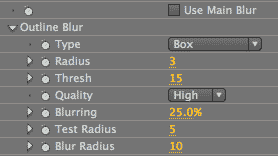
Roto Toon plug-in, Outline Blur group
The Outline Blur group sets the Blur properties used by the outlines created in the Roto Toon rotoscoping algorithm.
Here's a longer explanation: The Main Blur group sets the blur value for the overall cartoon look. This is controlled by the Use Main Blur checkbox, which is selected by default. But suppose you want to have very blurred color regions, but still have relatively detailed outlines? Then you would uncheck Use Main Blur to activate the Outline Blur group. The Outline Blur group allows you to have separate blurs for the color regions and outlines. By having two blur sections you have more control and can more precisely set up your cartoon.

All controls for the Outline Blur group.
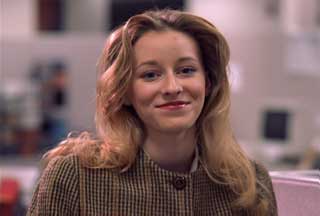
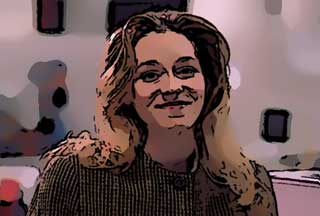
At left, the original footage from Artbeats Stock, www.artbeats.com. At right, Roto Toon's default Outline Blur.
Use Main Blur checkbox
Turned on by default. Keep this option checked to pass the Main Blur settings to the outlines generated by the Roto Toon plug-in. If Use Main Blur is checked, the controls in the Outline Blur section are inactivated.
Uncheck Use Main Blur if you want to have separately styled outlines and rotoscoped color fields. This activates the Outline Blur controls and lets them do their own thing. NOTE: Activating Outline Blur does NOT deactivate the Main Blur group. It simply allows both control groups to work alongside each other.


Blur Type pop-up
These three Blur methods allow you to choose which type of blending and smoothing occurs among the line segments created by Roto Toon. Select between a Box Blur, Gaussian Blur or Supersmart Blur for the rotoscoping algorithm to use. Each Blur Type will unlock different Blur options, which are explained on this page.



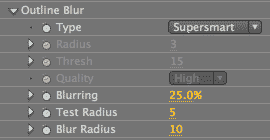
Blur Type> Box Blur
Box Blur is selected by default. This option will generally give you the best final results. In this blurring technique, each pixel in the resulting image has a value equal to the average value of its neighboring pixels in the input image. A Box Blur can approximate a Gaussian Blur effect, but it uses a much simpler algorithm which is significantly faster.
Blur Type> Gaussian Blur
Gaussian Blur tends to soften the image. This blurring technique typically reduces image noise and reduces detail. The Gaussian formula produces concentric circles of distribution from a center point, where the original pixel's value receives the heaviest weight and neighboring pixels receive smaller weights as their distance from the original pixel increases. This results in a smooth blur that preserves boundaries and edges better than more uniform blurring options.
Blur Type> Supersmart Blur (NEW to v2.0)
Supersmart Blur creates a smarter, more detailed blur. This option will smooth and simplify an image or frames of a video while still maintaining high-contrast detail. The advantage of Supersmart is that it can be better at at removing unwanted noise and artifacts, while still leaving each frame relatively crisp and in focus.
Box Blur and Gaussian Blur are based on bilateral filtering, with some additional tweaks. Supersmart Blur is a smart blur that is based on a different principle. You will see less difference between the Box and Gaussian Blurs than you will in comparison to the Supersmart Blur.
Blur Type> None (NEW to v2.0)
To disable the Main Blur group and run Roto Toon without a primary blur, select None. This Blur Type disables all of the Main Blur controls.
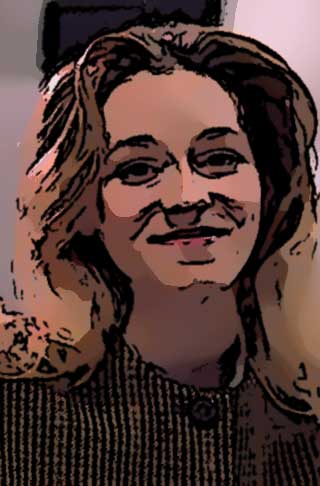
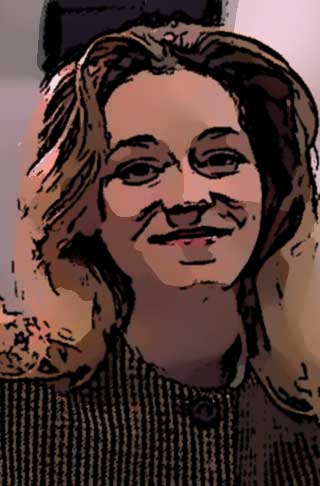
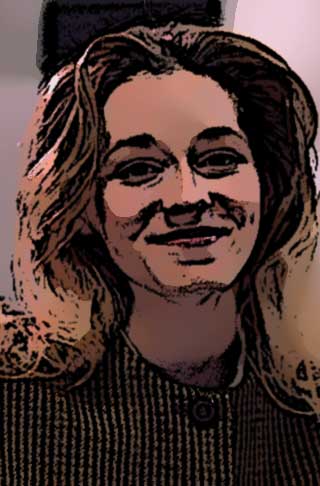
Left to right: Default results for Box Blur, Gaussian Blur, Supersmart Blur. Box and Gaussian always have less difference than Supersmart.
Radius
This control is active when Box Blur or Gaussian Blur are chosen.
Radius defines the 'radius', or size of the area in an original video frame, whose pixel colors are blended together. This blend area sets the color of each pixel in a blurred video frame of the selected Blur Type.
The default is 3 and value range is 1 to 30. A higher Radius will smooth out the segment edges between the low, mid and high colors. The edges will become more rounded, especially if you have Thresh (Threshold) set higher than the default value. At a higher Radius, the image will be translated into fewer lines. A value of 0 will turn off the Blur Type (the equivalent of selecting None as the Blur Type).
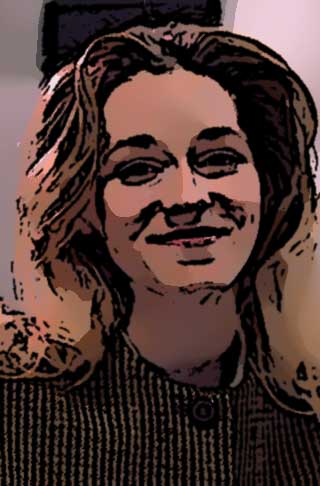
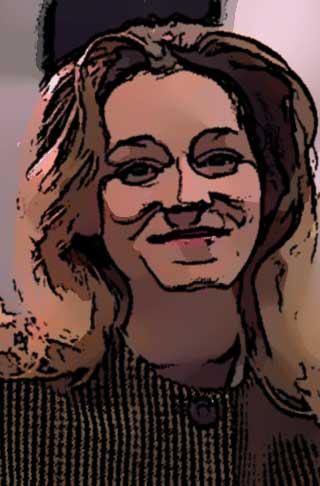
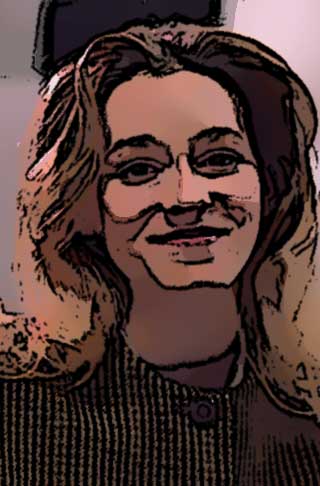
Left to right: Radius 1, 10, 30. At higher values, the lines are smoother and more fluid.
Thresh (Threshold)
This control is active when Box Blur or Gaussian Blur are chosen.
Threshold determines how similar or dissimilar colors will be affected by the blurring before being passed to the edge detection algorithm. Default is 20 and the value range is 1 to 35. The higher this value is, the wider the range of colors that will be blurred together.
You can look at Thresh as working similarly to the Tolerance value for Photoshop's Magic Wand selection. Only colors that are inside the Radius' area definition and within the Thresh/Tolerance of the color at the center of the blur will be blurred together.
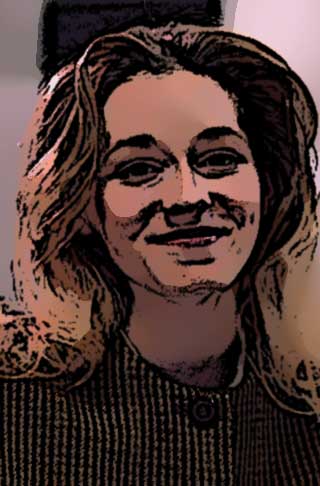
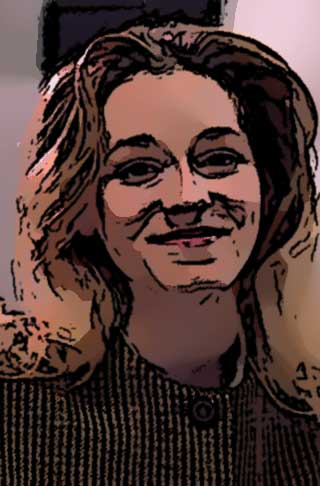
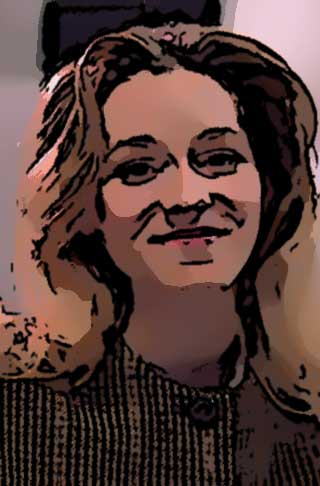
Left to right: Thresh 1, 10, 20. At a higher value, there is more blend/blur between lines.
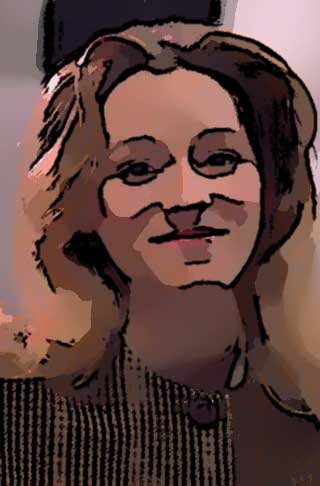
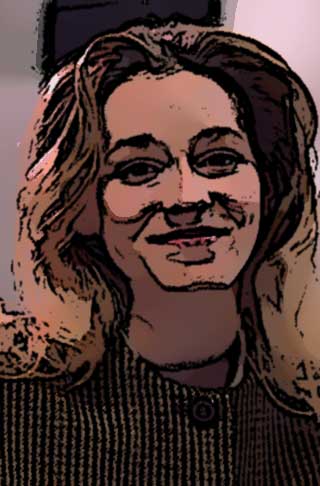
At left, Radius 10, Thresh 30. At right, Radius 20, Thresh 10. You can get interesting looks by combining the values.
Quality pop-up
This control is active when Box Blur or Gaussian Blur are chosen.
The Quality menu lets you switch between a quick-and-dirty and a high-quality blur. The pop-up menu has two options, a Fast blur and High blur. Where you leave this option depends in part upon how fast your system is. The Fast setting renders more quickly, but with less detail. The High setting takes longer to render, but gives more definition to the edges. Leave Quality set to Fast when you need interaction to be relatively quick. Always set it to High before rendering the image as a final output.
The Blur Quality value determines the amount of detail that is affected by any setting. The image edges won’t hold as true to the original image at a lower Fast Quality than at the High Quality setting. This control is disabled when the Supersmart option is chosen for Blur Type.
Note about Supersmart controls
You can look at Blurring, Test Radius and Blur Radius as three controls that work directly with each other when Supersmart Blur is chosen.
Imagine that Blur Radius creates a blurred image from the original source footage. Supersmart Blur wants to blend the original and blurred images together. To do this, Blurring and Test Radius work together to create something like an alpha channel for the Supersmart blending. Where the level of detail/contrast is high in the original image, more of that original shows up in the final blended result. Where the level of detail/contrast is low, less of the original image shows up in the result.
Blur Radius (NEW to v2.0)
This control is active when Supersmart Blur is chosen. As mentioned above, Blur Radius essentially generates a blurred image from your original image. Values go from 0 to 30. The default is 10. At higher values, the blurred image that Supersmart Blur creates is... blurrier! This blurry image is then selectively blended with the original image to produce the output. A value of 0 will turn off the Blur Type (the equivalent of selecting None as the Blur Type).
In our tests, Supersmart Blur gives the best results when Blur Radius is kept around twice Test Radius, but your mileage may vary. (see examples below in Test Radius)
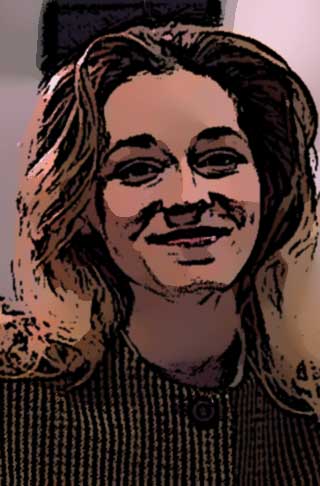
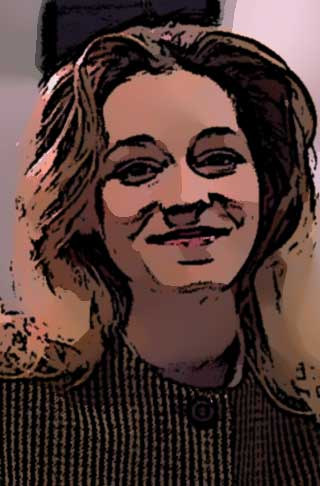
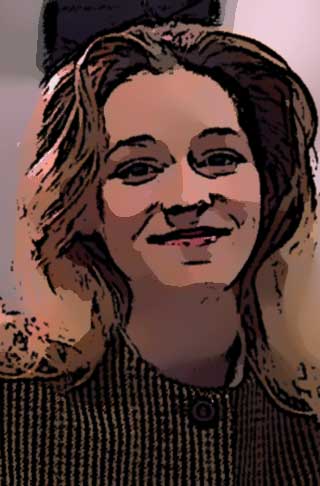
Left to right: Blur Radius of 1, 10 (default) and 30. The higher the value, the more blurry the image is.
Blurring (NEW to v2.0)
This control is active when Supersmart Blur is chosen.
Blurring creates a defined amount of blurring on the image. Values go from 0 to 100. The default is 25% and this creates a slight blur. A value of 0 will turn off the Blur Type (the equivalent of selecting None as the Blur Type).
At 0%, Blurring copies the original image to the output, so none of the image is blurred. At 100%, it copies the blurred image (that Blur Radius has made) to the output, so all of the image is blurred. At mid-range values like 50%, Supersmart Blur creates an intermediate blend of the original and blurred images.



Left to right: Blurring of 1, 15 and 100. The higher the value, the more blurring there is.
Test Radius (NEW to v2.0)
This control is active when Supersmart Blur is chosen.
Test Radius has a unique role. It tests or measures the contrast and level of detail in a defined area (or 'radius') of the original image. This lets Supersmart Blur figure out how much level of detail there is in each part of the source image so it can do its magic.
Values go from 0 to 30. The default is 5. Higher values sample from a larger area (or radius) of the image. A value of 0 will turn off the Blur Type (the equivalent of selecting None as the Blur Type).
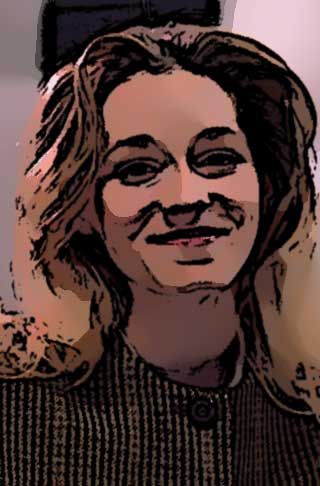
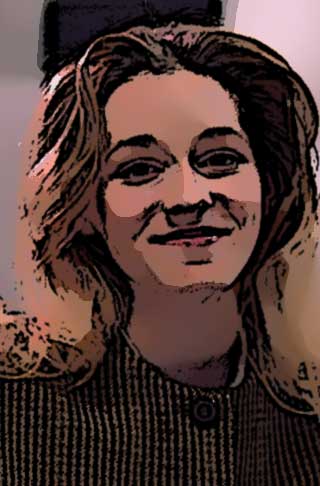
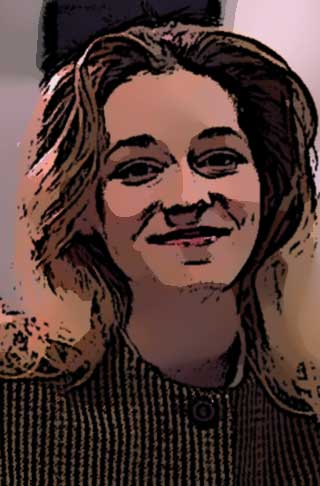
At left, Test Radius of 1, Blur Radius of 5. In middle, Test Radius 20, Blur Radius 20. At right, Test Radius 20, Blur Radius of 30.
We think the results of Test Radius look best when Blur Radius is double its value.